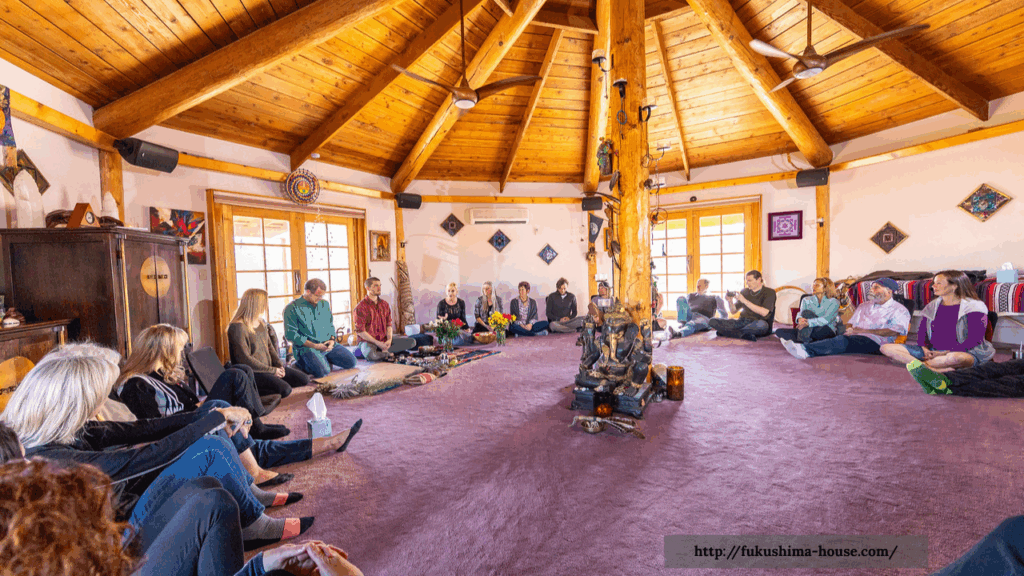
Recovery from addiction is a journey that extends beyond treatment sessions and medications. It is deeply influenced by the environment in which individuals live, reflect, and grow. A healing environment provides safety, stability, and encouragement, which are essential for long-term recovery. At Fukushima House, the focus is on creating spaces and programs that support every aspect of healing, from physical health to emotional and spiritual well-being.
Why a Healing Environment Matters
The spaces we inhabit affect our mental and emotional states. For individuals in recovery, environments that are chaotic, stressful, or triggering can make maintaining sobriety difficult. Conversely, environments that promote calm, safety, and positive support enhance resilience and encourage growth. A healing environment is not just about aesthetics—it is a framework for sustaining progress, reinforcing routines, and nurturing self-worth.
Creating Physical Spaces That Support Recovery
Simplify and Organize
Clutter and disorganization can contribute to anxiety and distraction. Simplifying living spaces allows the mind to focus on healing. At Fukushima House, treatment areas are designed to be calming, orderly, and comfortable, helping individuals feel grounded and ready to engage fully in their recovery process.
Comfort and Calm
Physical comfort supports mental well-being. Elements such as soft lighting, natural textures, and calming colors reduce stress and foster a sense of safety. Small details, like comfortable seating areas, plants, or quiet nooks for reflection, can make a space more inviting and supportive.
Emotional and Social Support
Building Trust and Connection
A healing environment also includes emotional support from staff, peers, and mentors. Positive social interactions reduce isolation and help individuals feel understood. Group therapy sessions, one-on-one counseling, and faith-based programs at Fukushima House encourage connection and reinforce that recovery is a shared journey.
Establishing Boundaries
Emotional safety is reinforced by clear boundaries. Learning to set limits with negative influences or situations is a key skill in sustaining recovery. A supportive environment respects and encourages these boundaries, helping individuals feel secure in their choices.
Holistic Practices for Sustainable Healing
Recovery is most effective when it addresses the whole person. Fukushima House incorporates holistic practices, including mindfulness, meditation, exercise, and spiritual reflection, to strengthen the body and mind. These activities become part of the recovery environment, promoting resilience, reducing stress, and enhancing overall well-being.
Carrying the Healing Environment Home
The transition from inpatient care to daily life can be challenging. One way to maintain progress is by creating a healing environment at home. This includes designing spaces that feel safe, establishing routines that promote structure, and maintaining connections with supportive people. Integrating these elements helps individuals extend the benefits of treatment into every aspect of life.
Transform Your Environment, Transform Your Recovery
Being safe, sober, and supported is not only about personal discipline. It is also about surrounding yourself with spaces and people that reinforce your commitment to healing. Fukushima House provides the tools, programs, and compassionate guidance needed to cultivate a recovery-friendly environment. If you or a loved one are ready to take the next step in building a safe and supportive life, reach out today. Healing begins where safety, support, and sobriety meet.








